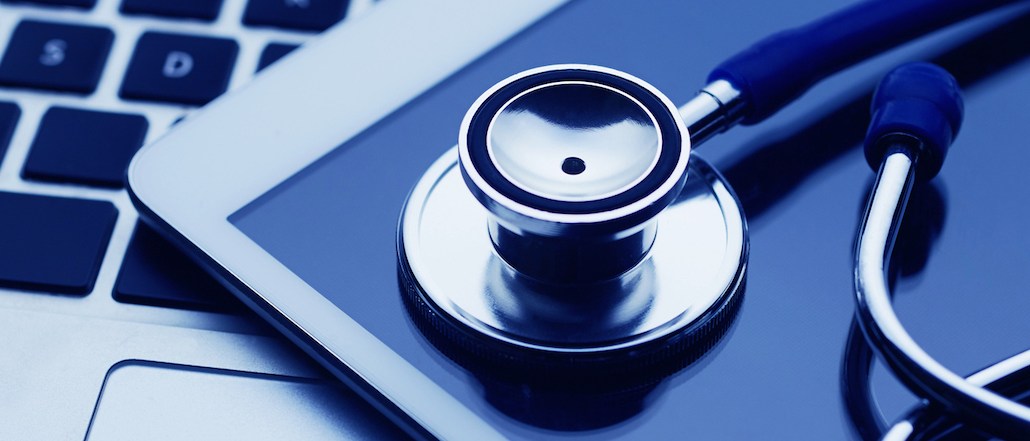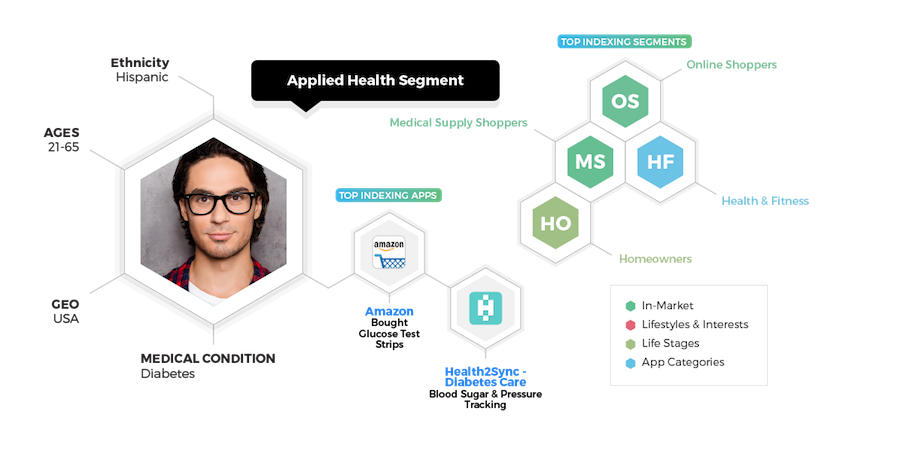
The revolution of healthcare
Healthcare has traditionally relied on face-to-face appointments or long-awaited phone calls to discuss everything from test results, concerns, and follow-ups to medication, exams and treatments with a physician. But today’s patients have more control over their own health decisions than ever before thanks to the accessibility of mobile.
Over 52 percent of smartphone users utilize their mobile devices for health-related information according to an mHealth survey, whether it’s looking up information about a specific medical problem, finding nearby physicians, using health and fitness mobile apps or accessing patient-provider portals.
Patients aren’t the only ones who have turned to mobile devices for health updates. Over 80 percent of physicians use smartphones and medical apps, and 93 percent believe mobile apps can positively impact the health of patients.
Patients now have access to their own health data, and to medical decisions at their fingertips at all times. On the other hand, health marketers now have a richer understanding of who consumers are through the power of mobile data.
Why mobile data matters
Though people are always on-the-go and engaged across various platforms, they rely most on mobile devices in their daily lives. In fact, 91 percent of U.S. adults keep their mobile devices within arm’s reach on a constant basis.
Consumer health and wellbeing is a complex dynamic, making it one of the most important and challenging aspects of an individual to track. Mobile can offer a window into hidden insights about consumers’ ever-changing health needs and preferences.
With that in mind, it’s no surprise that mobile health is becoming a leading industry, with over $26 billion in market revenue.
With more consumer data available than ever before, health marketers are able to personalize their strategies to the individuals they reach and the platforms they reach them on. But to do so, it’s essential for marketers to have a full view of consumers. Mobile can be the driving force for this type of comprehensive data collection.
How to link mobile-driven health data
Linking offline and mobile data empowers healthcare marketers to better serve people, and allows consumers to make more informed decisions about their health, medication purchases, and physician preferences. In short, to live healthier and happier lives.
For example, a custom health segment could be built using the full offline and online profiles of individuals, giving marketers a comprehensive understanding of their specific health conditions and medical needs.

Offline data: What kind of medicine are they buying?
For health marketers, offline data can reveal granular physical details about consumers, including where they live, how old they are, what gender they are and more.
One of the clearest indicators of a consumer’s medical ailments is his or her purchase history. By gaining insight into what health products or medical supplies consumers are purchasing, health marketers can infer which specific conditions may apply to each individual.
When combined with mobile data, marketers can solidify their inferences into real, actionable insights to deliver personalized marketing strategies to the right people.
Mobile data: What apps are they using?
With access to a person’s most personal device, marketers can learn what apps someone is downloading, how much of his or her time is spent using them, and what they’re searching for on their mobile browser.
People are downloading apps to track their daily health, utilizing online patient-provider portals to book appointments or pay bills, and purchasing medical supplies through their mobile browsers, further expanding the pool of available health data.
Health-related and fitness apps provide real-time mobile data on each individual’s health. These apps capture personal in-app tracking data, health-related queries, and medicine purchases.
When combined with the context of physical identity culled from offline data, health marketers can build powerful health segments to better serve the right people and their unique medical needs, on their preferred device.
To learn more about how a leading broadcast television network utilized mobile-driven health data to find the right audience, download the full report here.
More from Digiday

Why the New York Times is forging connections with gamers as it diversifies its audience
The New York Times is not becoming a gaming company. But as it continues to diversify its editorial offerings for the digital era, the Times has embraced puzzle gamers as one of its core captive audiences, and it is taking ample advantage of its advantageous positioning in the space in 2024.

Why B2B marketers are advertising more like consumer brands to break through a crowded marketplace
Today’s marketing landscape is more fragmented than ever. Like consumer brands, business brands are looking to stand out in a crowded and competitive marketplace, making marketing tactics like streaming ads, influencers and humorous spots more appealing.

As draft puts WNBA in spotlight, the NBA is speeding up ballplayers’ transition to creators
The NBA’s star athletes are its greatest marketing asset.





